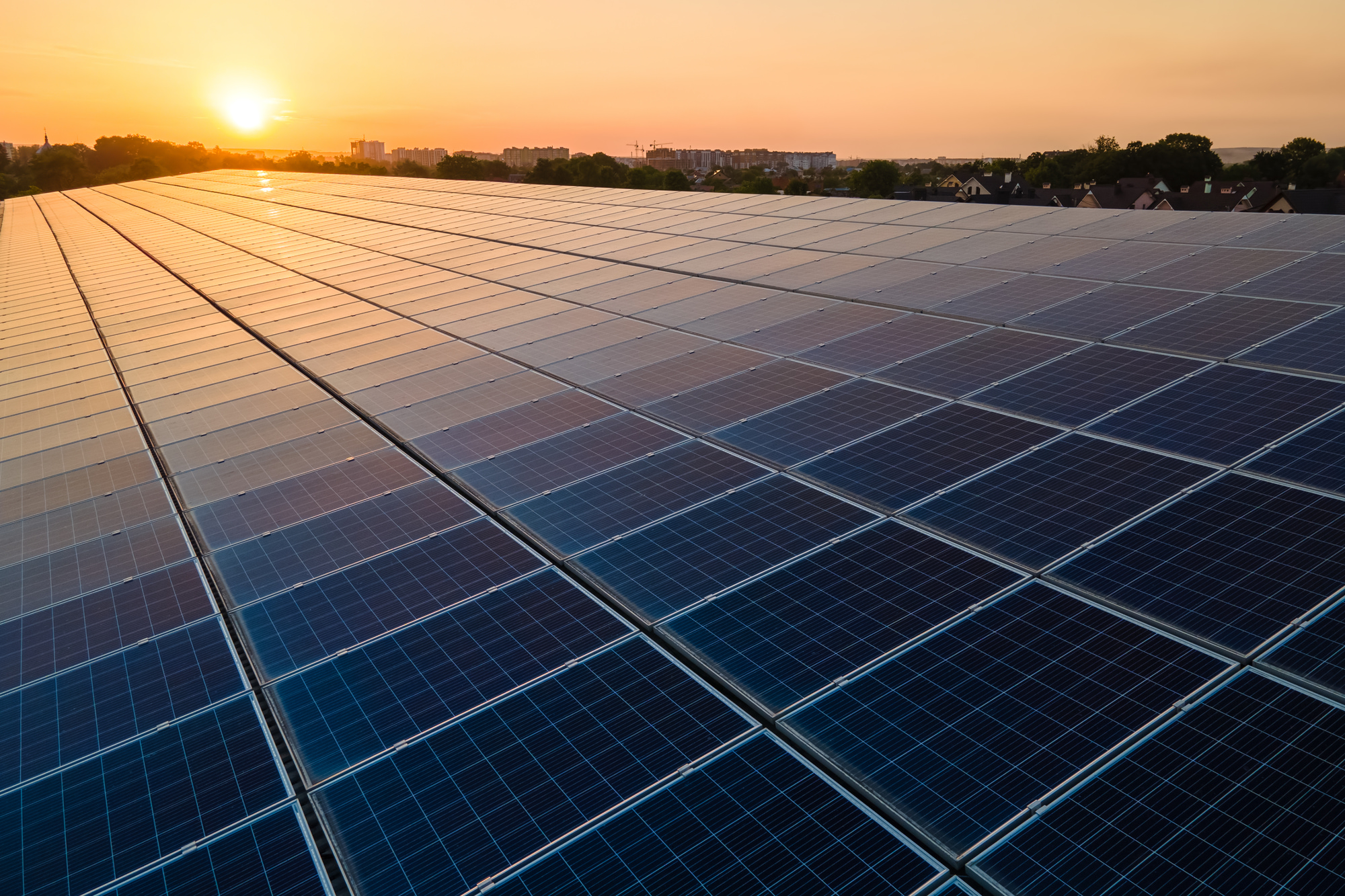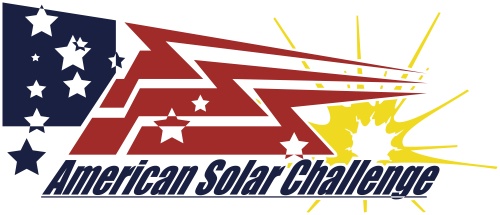“The U.S. solar industry is slowly starting to see supply chain relief,” said Michelle Davis, head of global solar at Wood Mackenzie and lead author of the the most recent US Solar Market Insight Report by the Solar Energy Industries Association (SEIA) and Wood Mackenzie.
At the same time, the U.S. solar industry installed 6.1 GW of solar capacity and had its best first quarter in history, according to the report. The record quarter was driven in large part by the stability of the Inflation Reduction Act’s ten-year 30% federal tax credit as well as the moving forward of delayed solar projects that were held up due to global supply chain roadblocks.
The residential segment installed 1.6 GW of solar capacity in Q1 2023, a 30% increase from Q1 last year and is on track to add 36 GW of solar over the next five years, growing at an average annual rate of 6%.
The commercial market also had a record first quarter, with 391 MW installed, putting the segment on track for 12% growth in 2023.
Overall, solar accounted for 54% of all new electricity-generating capacity added to the grid in Q1.
The report also projects the U.S. solar market to triple in size over the next five years, bringing total installed solar capacity to an unprecedented 378 GW by 2028. READ MORE










